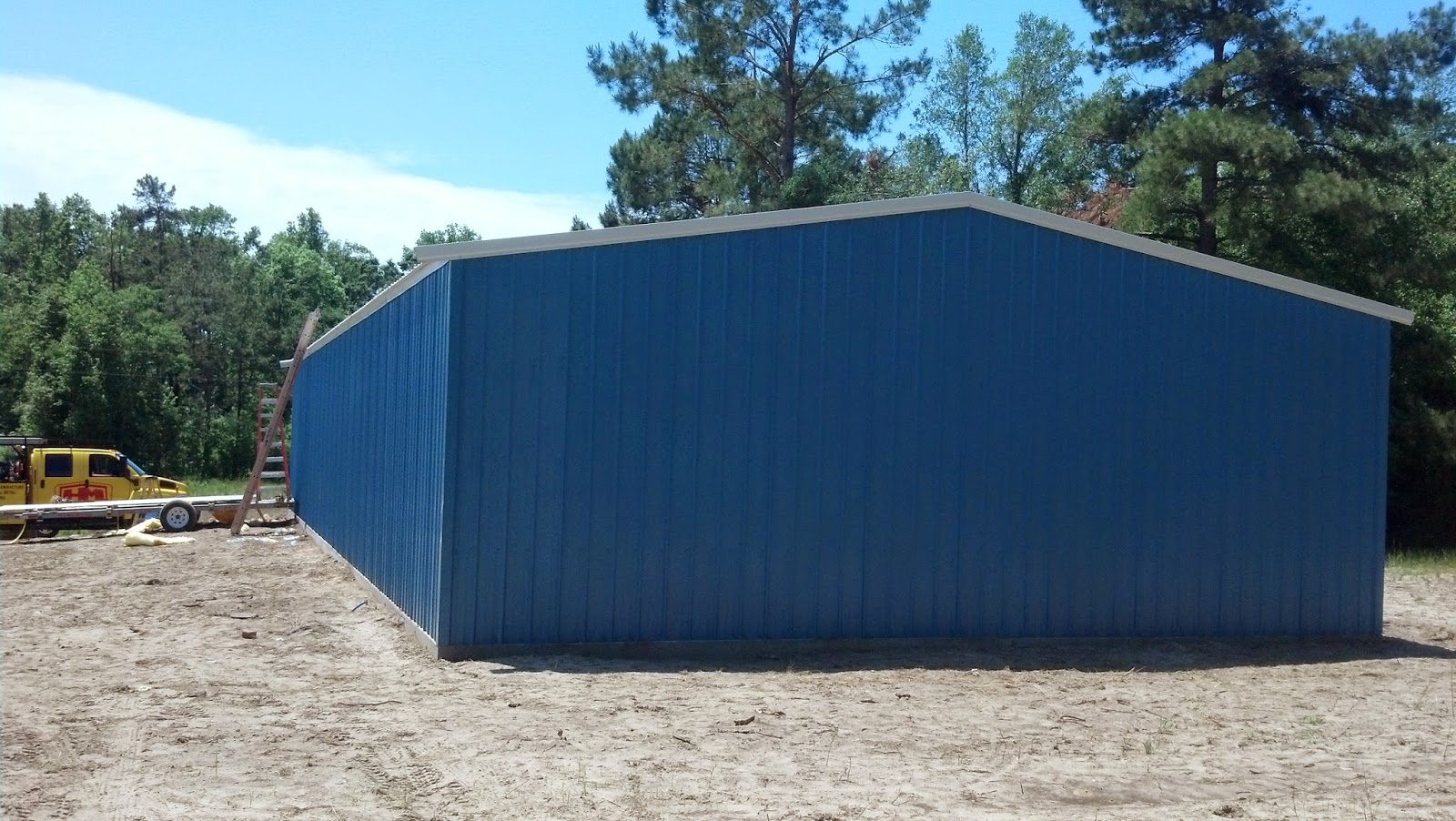Major System Category: Brakes & Suspension
Task: Assemble Half Shafts
Parts: Inner and Outer CV Boots
Corvette CV Joints
Porsche 930 CV Joints
Porsche 930 CV flange
Axle Grease
Axle Half Shafts
Prerequisite Tasks:
Additional Costs:
Porsche 930 CV Joints $140
Porsche 930 CV flange $34
Lucas Oil Heavy Duty Grease (2 lbs) $14
Time Requirement: 3 hours
Date Started: November 22, 2014
Date Completed: November 22, 2014
This task really doesn't have a prerequisite in the conventional manner. You can build these at any time. My approach was to wait for the transaxle to be mounted in the chassis. At this point, I am just waiting on getting the correct bolts to connect the 930 CV joints to the 991 Transaxle. This isn't a very difficult task, it is just messy.
 |
| I used this end for the outer CV. This is the Corvette CV joint either from a parts pallet or donor car. |
 |
| I used this end for the inner CV joint. You can see the groove for the retaining ring is closer to the edge. |
The inner and outer CV boots come with grease and retaining rings. I don't think there is enough grease included, so I purchased the additional grease. The first thing you notice is that the ends of the half axle shaft are different and the manual is a bit vague as to which end is for the Corvette CV joint and the Porsche CV joint. I don't think it really matters. I have a digital copy of the manual, so I blew up the photo on the page and determined the end assembled for the inner CV boot.
 |
| This is the 930 flange and the inner cv boot. You will not get confused here. The inner boot is significantly smaller than the outer boot. |
 |
| The other difference betweent he inner and outer boots, is the inner boot fits inside the 930 flange, where the outer boot fits over the Corvette CV joint. |
The other thing I found was that the inner boot is really tight when pushed onto the shaft. The outer boot is a bit loose. Before installing the inner boot, pop it into the 930 CV flange. It should be an easy fit. The flange will hold the lip of the inner boot against the 930 CV joint.
 |
| 930 CV joint and inner boot attached to 930 Flange. |
Now for the messy part. The 930 CV joint is new, so it needs to be packed with grease. You want to make sure you avoid filling the center, because the axle needs to fit through there and it is just cleaner. Disposable plastic gloves are highly recommended. I also used a spreader to scoop and move the grease around. It is the same kind of spreader I have used on the fiber glass.
 |
| Porsche 930 CV joints packed with grease. |
Since I am still figuring out the CV bolt size for the 991 transaxle, I packed the 930 CV joints and sandwiched them between some cardboard. I thought the correct size for the bolts was M* x 1.25 x 50mm, because that's what Porsche used on the 997 transaxle. WRONG! My current theory is that I need M10 x 1.25 x 50mm. Once I fgure that part out, then I have to round up 12 of them.
 |
| Outer boot slips over the outside of the Corvette CV joint. Then you put a retaining ring on the boot. |
 |
| One side finished, just repeat on the other side. |











































